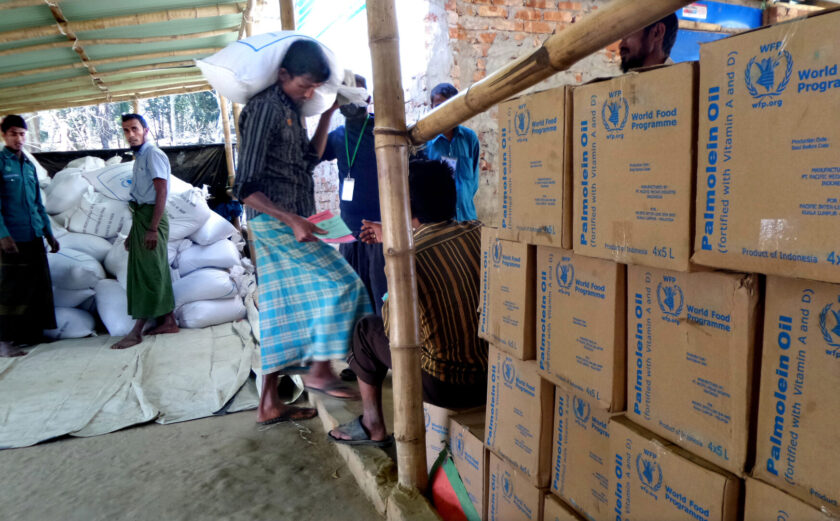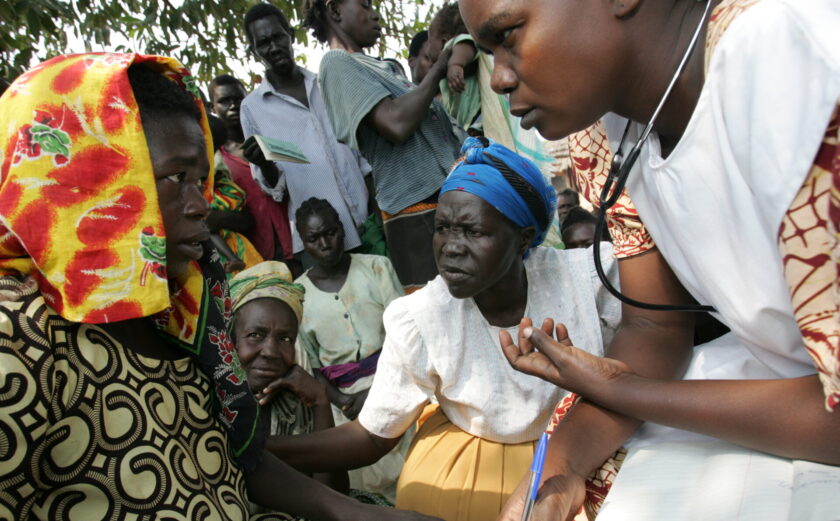
Risk Sharing Framework Simulation Outcome Report
Humanitarian actors share a common goal of supporting affected people, often in difficult contexts marred by conflict or environmental disaster. Inevitably, “risks” materialize in the form of fiduciary, reputational, operational, or other concerns that complicate effective delivery of humanitarian assistance.
Many humanitarian actors have used risk management and risk sharing approaches borrowed from the commercial sector to address these challenges, which often focus on the avoidance or transfer of risk to other actors. Yet this commercial approach does not reflect the collective nature of humanitarian response—any risk that is transferred or avoided ultimately affects the ability to meet the needs of the affected population.
Organizations including InterAction saw an opportunity to analyze, identify, and ultimately institutionalize more effective risk sharing practices. This work began under the Grand Bargain’s Risk Sharing Platform in 2021, with the goal of bringing together risk experts from NGOs, U.N. agencies, and donor governments to improve the way organizations identify and share risks. The Platform created the Risk Sharing Framework—a set of seven principles with guiding questions that organizations can adapt to different contexts across the entire delivery chain to find mutually beneficial outcomes.
To bridge the gap between the Framework and its application, InterAction, with the support of the International Committee of the Red Cross and the Netherlands Ministry of Foreign Affairs, created a simulation that organizations could use prior to launching pilot projects based on the Framework.
InterAction is now publicly releasing the Risk Sharing Framework Simulation Outcome Report, offering insights, lessons-learned, and key takeaways from InterAction’s simulation exercise.
The simulation involved stakeholders from a variety of U.N. agencies, NGOs, and donor governments who were assigned roles within the humanitarian delivery chain. Participants were led through scenarios which invited them to use the framework to create a risk sharing action plan, ultimately testing how plans stood up against common risks. The simulation proved to be an essential tool in testing the Framework’s limitations and guiding organizations toward real-world applications.
The Outcome Report builds on these lessons learned, provides key takeaways, and highlights the value of putting effort into shifting internal organizational dialogue. It notes the need for preventive action as well as being able to react jointly when new risks arise, while maintaining that affected people and their needs stay central element to any risk sharing process.
—
For more information, please contact Sophie Gillman (sgillman@interaction.org) and Christine Knudsen (cknudsen@interaction.org).







